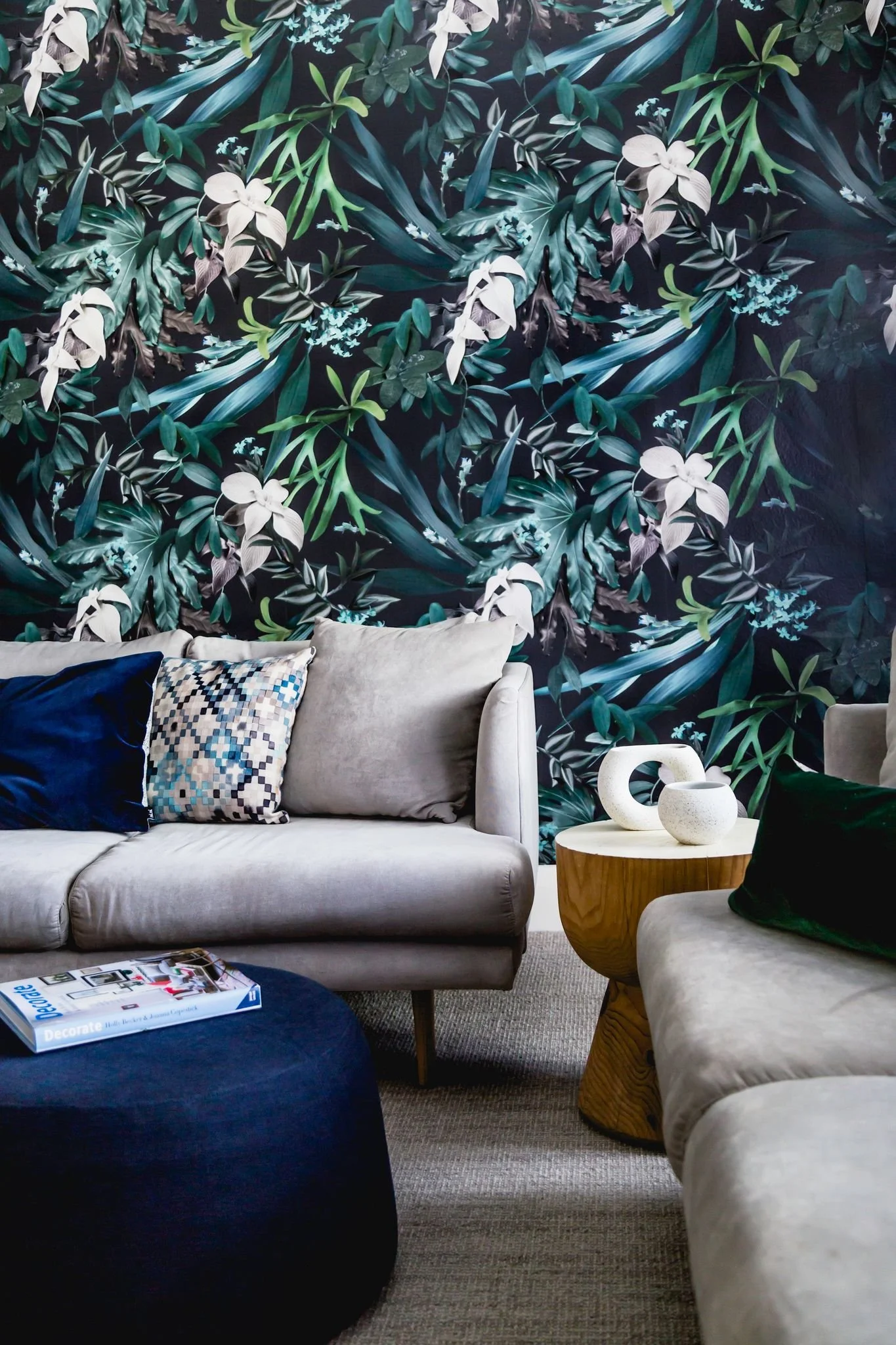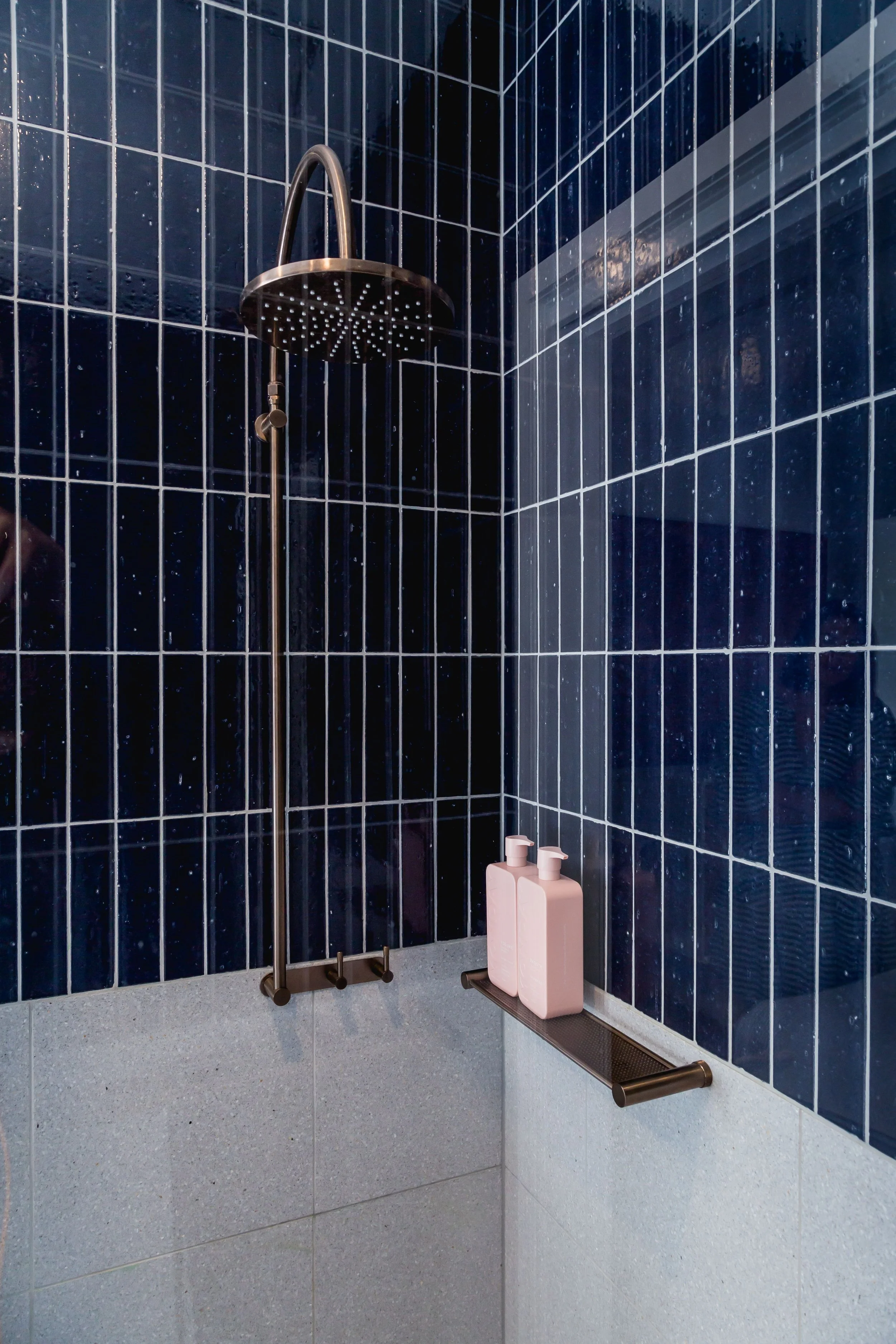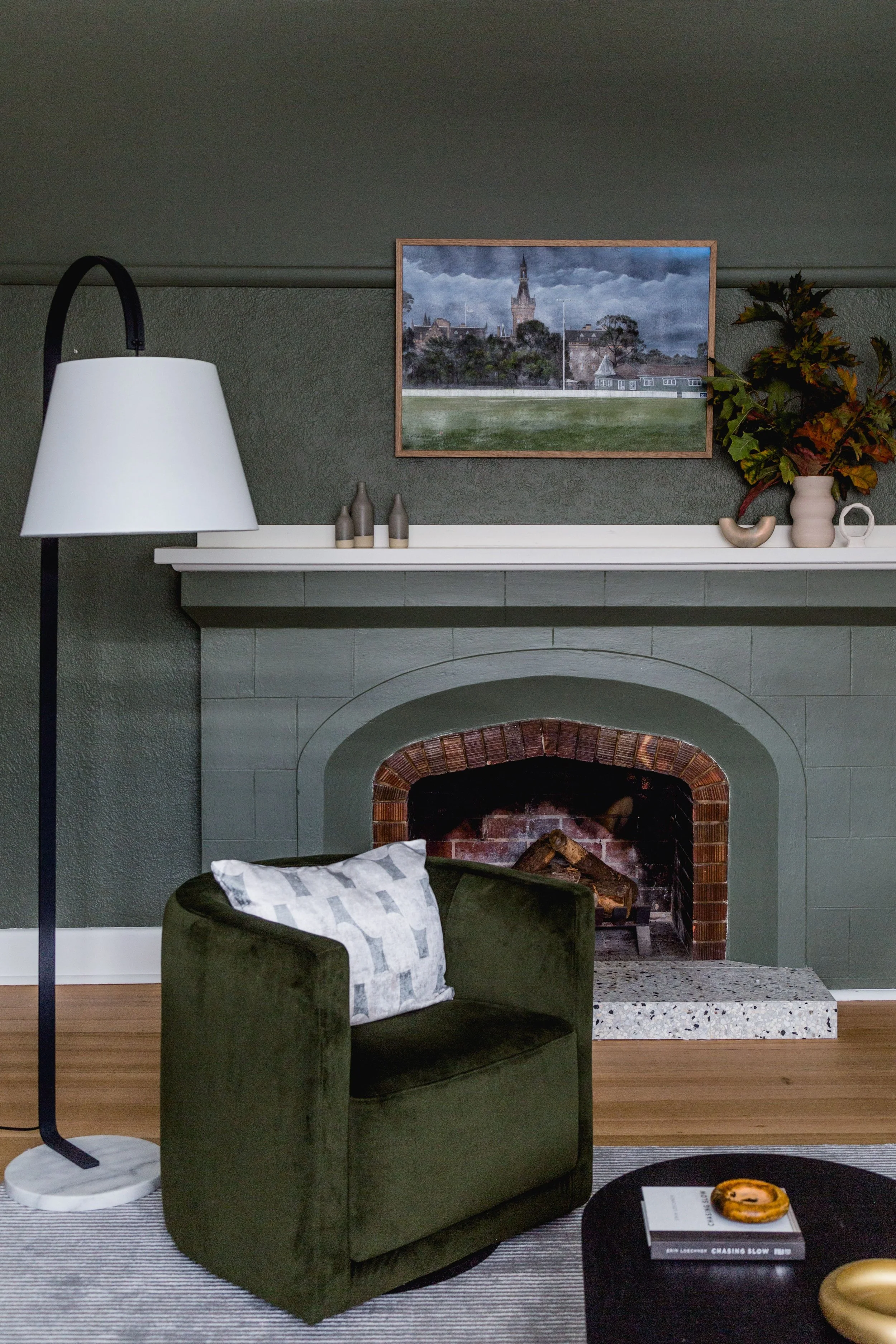Renovating for Resale vs. Forever: ROI, Overcapitalisation & Design Strategy
5th October 2025
Renovating a home that may not be your “forever” home? That’s where the real design strategy kicks in.
If you’re not sure how long you’ll stay, you’re not alone. You’re weighing return on investment, property value, and how to make smart choices without overcapitalising. And yes, you still want a home that feels good to live in right now.
The good news? Renovating with a flexible future in mind doesn’t mean cutting corners — it means being intentional. Over the years, I’ve helped many Melbourne homeowners (and completed several personal projects myself) where the goal was to create a home that made sense now, without overspending for what's next.
Let’s break it down.
Renovating for resale vs renovating to stay
When I’m designing a home for resale, the approach is measured. I keep palettes neutral in main areas, use bold colour only where it’s easy to change (paint, wallpaper), and specify timeless, durable materials. These are homes designed to attract buyers, not just reflect personal taste.
But when the renovation is for you, and you’re staying long-term? That’s when you invest in what brings you joy — the materials, colours, and features that elevate daily life, not just resale value.
Smart renovation choices when you’re not staying forever
If you’re renovating for the next five years — not the next twenty — here’s where smart ROI lives:
1. Fix the footprint — minimise structural changes (if possible)
One of the first things that comes up in a consult — right alongside budget — is whether we’ll need to move walls. If you’re not planning to stay long-term, the smartest strategy is usually no.
Stick to working within the existing footprint. Replan the kitchen. Rezone a too-big bedroom. Reclaim wasted hallway space. These layout tweaks improve liveability and buyer appeal — without major construction costs.
And unless this is your forever home, avoid building up. Adding a second storey is a huge expense — and unless your market supports it, you’re unlikely to recoup the cost.
A reconfiguration (within the existing footprint), made a huge difference to the livability, efficiency and aesthetics of this home, without significant structural change.
2. Use colour with care
I’ve used bold colour in plenty of projects — but always in ways that can be easily changed. Paint, wallpaper, and art are great for personality. In key zones like bathrooms or kitchens, I lean on timeless tones — you can’t go wrong with navy or soft neutrals.
3. Choose materials that match your timeline
If resale is in the 3–7 year window, consider smart materials: well priced natural stone, engineered stone, timber laminate, brushed brass — durable and appealing, without blowing the budget. If you're staying long-term? Now's the time for the beautiful natural stone or solid timber you’ve always loved.
4. Storage, always
Whether it’s for your own sanity or a strong sales feature, you’ll never regret adding storage. Integrated joinery, generous cupboards, and thoughtful planning make a home feel polished and well resolved.
Photo by Suzi Appel
5. Don’t skimp on lighting
You don’t need the Rolls-Royce of fittings — but cheap lighting looks plasticky and feels flat. It can cheapen the whole room, even if the rest of the finishes are spot-on. Good-quality pendants, sconces or downlights elevate the space without blowing the budget. In our opinion well thought out quality lighting is a must whether you are planning to sell or remain in your forever home.
6. Invest in the invisible things
Rewiring, plumbing, roof repairs — not glamorous, but essential. These updates help pass a building inspection and signal to buyers that the home’s been properly maintained. It’s a sales tool and a confidence-builder. And if you’re living in the home for any length of time it will save you from headaches down the track.
7. Know where to hold back
If your heating or cooling still works well, leave it — even if the split systems aren’t aesthetically your favourite. And I wouldn’t necessarily go out and replace all your inoffensive wooden doors and windows for black architectural steel. Don’t sink budget into upgrades just for visual reasons unless they’re part of a bigger plan. Spend where it moves the needle — layout, lighting, and finish quality.
8. Think about resale priorities — and ask your agent
If you're unsure where to draw the line, speak to a trusted real estate agent. They know what local buyers value and can help shape smart decisions.
There are particular deal breakers for would be buyers and your real estate agent (and interior designer) will be able to guide you. As an example, keep the bath (especially if it’s the only one in the house) - it matters for young families. Home offices are still important if you have the space, and ditch the euro laundry idea if you are marketing to a families.
9. Know your area and your market
One of the most common mistakes I see? Overcapitalising because the renovation was right — but the postcode wasn't (I have learned the hard way with this one). Before committing to big upgrades, understand what buyers are willing to pay in your area. A $150K kitchen might not return its value in a $1.8M suburb, but it could make perfect sense in a $3M+ pocket.
Compare recent sales, ask your agent, and be clear-eyed about your property's ceiling.
10. Don’t forget curb appeal
Exterior updates are some of the best-value investments. A new fence, fresh paint, tidy landscaping — these small changes make a huge first impression. Buyers fall in love with a home before they’ve even walked inside.
If it is your forever home — go all in
This is where your design decisions get to be about you, not the market.
Choose the bold green you’ve loved since uni. Spend on the lighting that sparks joy. Use the marble you’ve saved in your favourites folder for five years. If budget’s tight, do it in stages. I’m doing the same thing with my current home — because I’d rather get it right slowly than rush and compromise.
Final word: ROI is important — but so is enjoying your home
Not every renovation is about profit. Some are about making your home work better, feel better, and support your life for whatever season you’re in. Whether you're staying for 3 years or 30, the key is clarity.
Ask:
What’s not working in the layout or flow?
What would make everyday life easier and more enjoyable?
What would a buyer care about if you were selling next year?
Once you’ve answered those, you’ll know what’s worth investing in — and what’s not.
Ready to renovate wisely — whether it’s for now or forever?
I work with Melbourne homeowners who want their homes to feel considered, intelligent, and ready for real life — no matter what comes next.
Get in touch to start the conversation.














